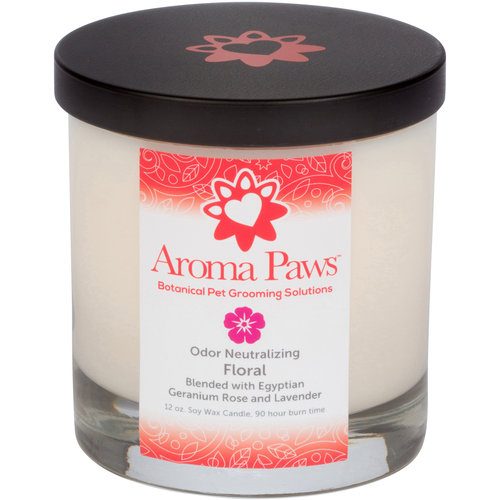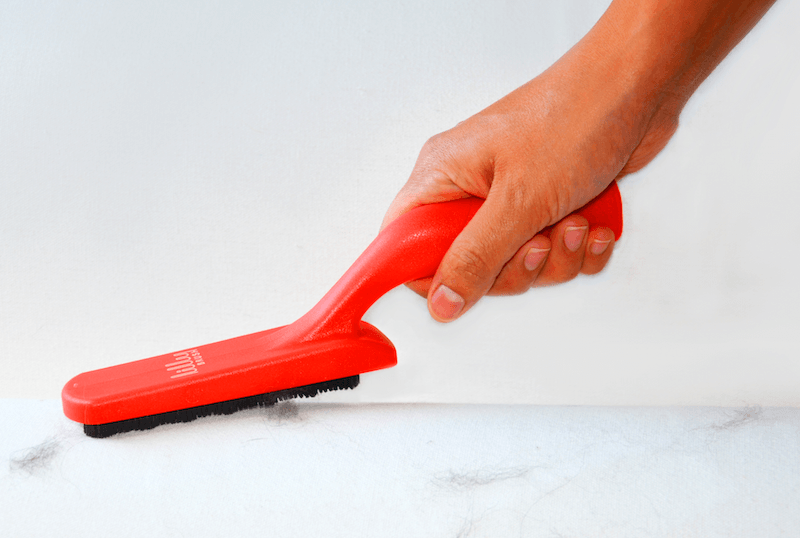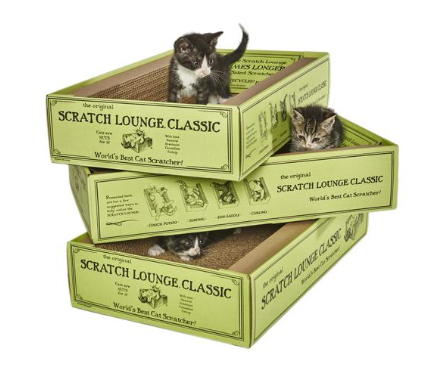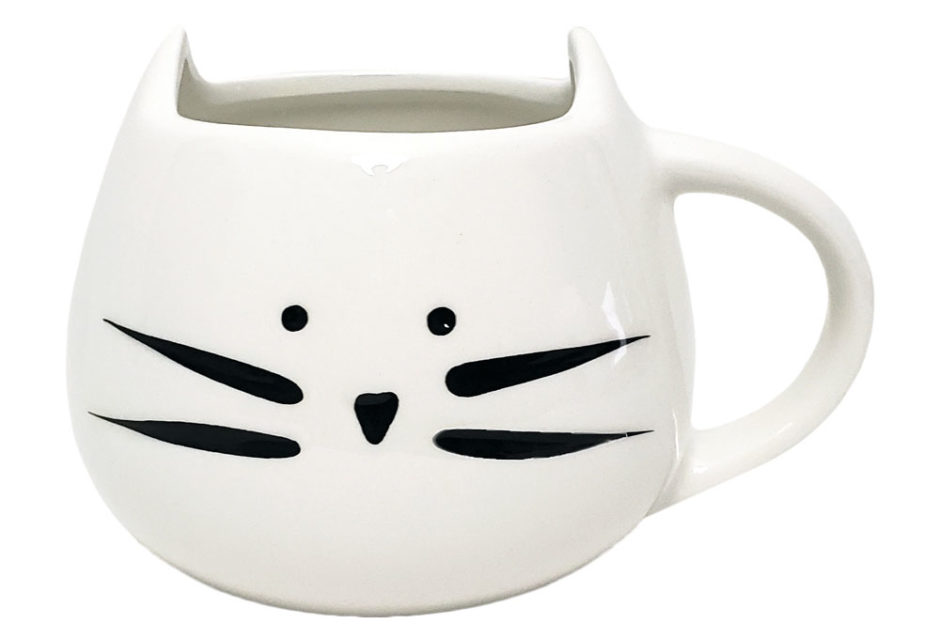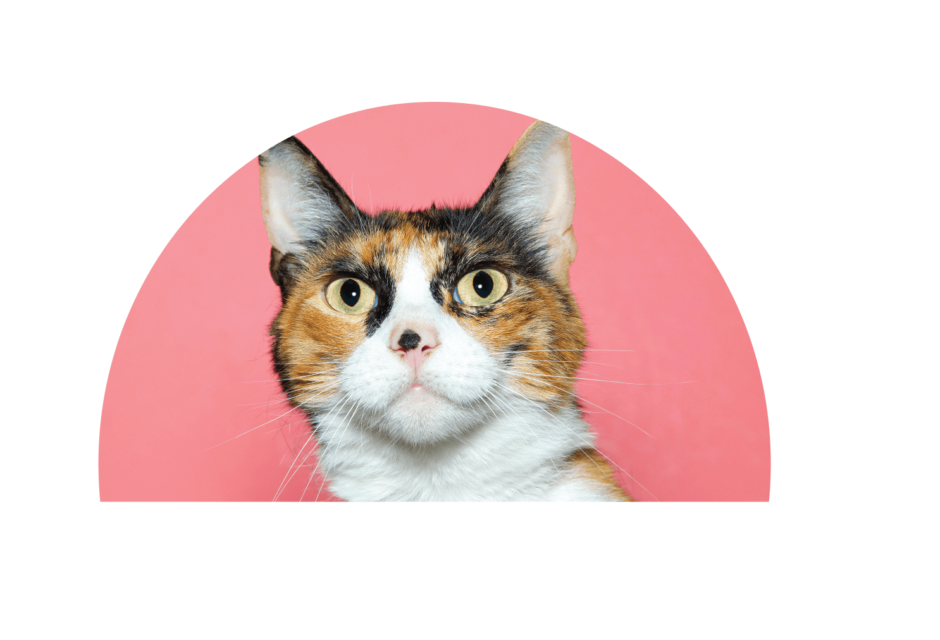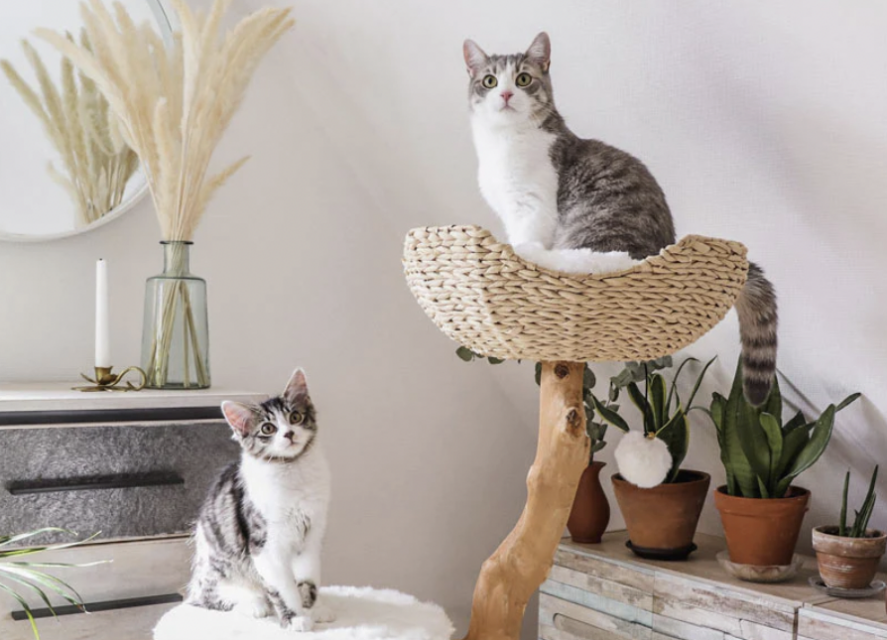
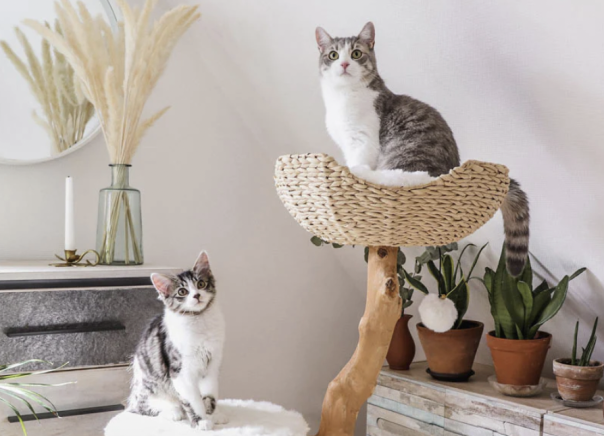
Expert Tips to Help You Find the Right Cat Tree
Why cats need cat trees and how to find the perfect cat tree for your cat
Cats are unique creatures—they are ferocious hunters, yet like to hide. They want to be around family, yet crave their own space. Both predator and prey, our feline friends are a study in opposites, which is one of the reasons why we love them.
“Cats haven’t evolved all that much from their wild ancestors,” says LeeAnna Buis, a Seattle-based certified feline training and behaviour consultant with Feline Behavior Solutions. “They still have many of the same instinctual needs [as wild cats], and cat trees meet quite a few of those needs in a great way.”
Offering a safe, secure vantage point and a great ambushing spot all in one, cat trees give cats outlets to perform their natural and desired behaviours, which in turn decreases their stress, says Ingrid Johnson, certified cat behaviour consultant and owner of Fundamentally Feline in Atlanta, GA. “As a whole, we force cats to comply to a very human world. Cat trees are one way we can actually allow our cats to be cats.”
Here, Modern Cat’s experts share which features to consider when choosing a cat tree—and why.
Cat trees offer safe, solo napping spots, high-up vantage points, feeding stations away from dogs and kids, and the ability to avoid conflict with other animal housemates. They also provide enrichment, says Johnson, in the form of scratching, a spot to birdwatch and sunbathe (if the pet parents have put the tree near a window), and can be great for interactive play. “If your cat is trained, it can be an obstacle course or agility circuit for clicker training behaviours,” she says.
Scent and Second-hand Cat Trees
Cats have a very sensitive sense of smell, so ensure the cat tree has no scent, says Dr. Kira Ramdas, DVM and President of the American Association of Feline Practitioners. For this reason, the Woodlands, TX-based vet advises avoiding second-hand cat trees. “They have other cats’ smells on them, which can be very upsetting, not to mention they can come complete with fleas and flea eggs from the previous home.”
Height
Vertical space is imperative for cats, says Johnson. Height offers a place of security, a chance to survey an entire space, and allows for successful avoidance of other cats, dogs, and crawling toddlers. “Height is comfort and power to cats,” Johnson says. “Height can even help with establishing hierarchy among cats within the home.”
As cats are also predators, being up off the ground provides a vantage point for spotting and stalking prey, Buis says. It is also wonderful enrichment. “It expands their living space because, unlike us, they can climb, lounge, and sleep on small perches up in the air,” Buis says.
So how high should you go? “The taller the better, as it offers more choices,” says Johnson. “Your cats do not have to go high if they do not want to, but the option is there.”

Catit’s Vesper Treehouse in size large ($400, catit.ca)
Hiding and Sleeping Spots
If your cat is a hider, Johnson suggests choosing a tree with a cave or dome-like cubby. These features are great for nap time, says Buis. “Make sure they’re large enough that your cat can get in and turn around comfortably.”
Scratching Surfaces
As scratching is a normal behaviour in cats for which you need to provide sanctioned outlets, you’ll want this feature in your cat tree. Scratching allows cats to keep their claws groomed by removing old nail sheaths. It also allows continued mobility of the claws and provides opportunities to stretch, Ramdas says. “Cats also use scratching as a form of visual and olfactory communication with other cats,” Ramdas says, “with pheromones deposited to allow other cats to know how recently they were there.” This helps cats in a multi-cat house “timeshare” the cat tree.
Keep in mind the direction your cat likes to scratch — horizontally, vertically, or on an incline, and look for planes that cater to this preference. The scratching area needs to be minimally taller/longer than the height/length of the cat fully grown, so that your cat can stretch to its full height/length and pull down, Ramdas says.
Texture Preferences
Cats are all individuals and have different texture preferences. Sisal is the number one substrate cats prefer, but some cats also like natural wood, tree limbs (with bark), and corrugated cardboard, says Johnson. “I once knew a cat who preferred to scratch denim, so their pet parent wrapped an old pair of jeans around a piece of wood and made a homemade post out of her cats preferred substrate.”
To find out your cat’s preferred texture, get a few inexpensive scratching surfaces (posts, mats, ramps, etc.) and see what your cat prefers, says Buis.
If your cat likes scratching carpet, however, try to avoid this material on the scratching area, and try to choose a cat tree that has carpet on sleeping surfaces only. “I try to discourage the use of fuzzy tufted carpeted substrates as scratching options,” says Johnson. “It may send a mixed message and may contribute to the scratching of carpeting in the home that is unwanted.”
Your Cat’s Size vs. the Cat Tree
All trees need to not wobble and wiggle when in use, says Johnson. “Cats do not feel safe climbing a swaying cat tree.” Proper assembly of any cat tree is essential, Johnson says, “and cat trees often need to be tightened up from time to time.”
A larger cat will need a tree sturdy enough to support it—look for a wider, heavier base, as well as larger platforms. “A big cat isn’t going to be comfortable on a tiny perch,” says Buis. “A cat who goes zooming through the home and launches through the air to land on the cat tree isn’t going to do well with a light, flimsy tree. Both of these cats might prefer something really solid or, better yet, secured to the wall so it can’t sway or tip.” This is also true if you have cats who play together on the tree. “As long as it fits your cat’s furry backside and is nice and sturdy, size can vary,” Buis says.
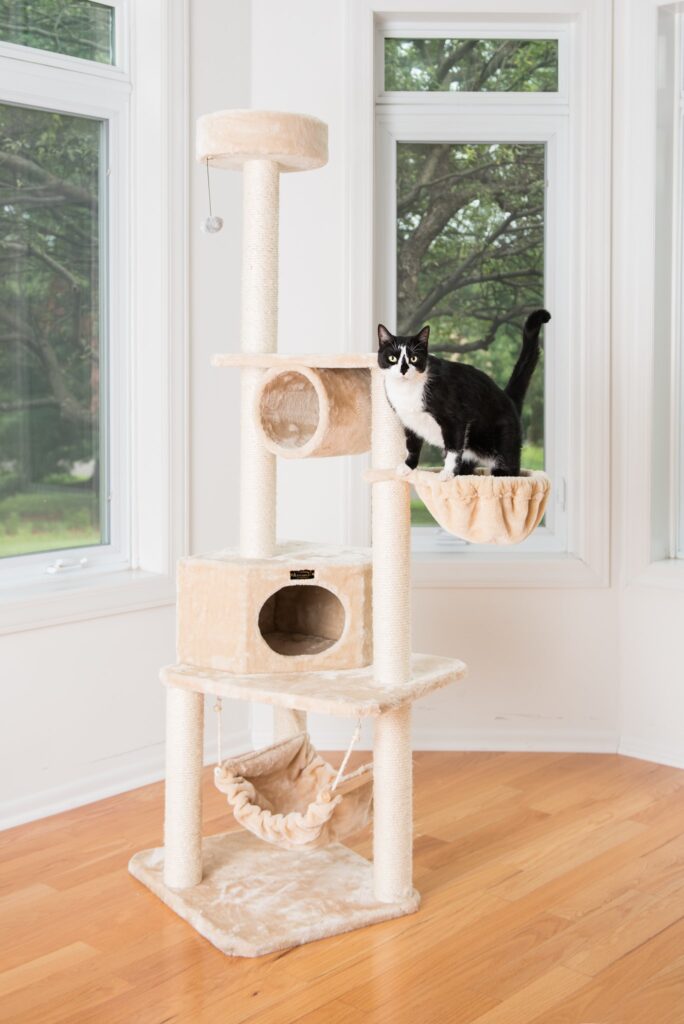
Armarkat Classic Cat Tree A7204 with four play features ($209, armarkat.com)
Cat Trees and Your Cat’s Age
and Abilities
Many commercial cat trees are too small and more designed for kittens, says Johnson. “It is essential to purchase trees that will accommodate your cat throughout their life stages. Cats are not squirrels; they cannot have one level stacked directly on top of another. The tree levels should be spaced apart in such a way that they are accessible to all life stages and handicapped status.” Cats with disabilities, arthritis, and other mobility issues may need perches that are larger, lower, and closer together with more horizontal scratching areas, Ramdas says.
Cat Trees for Multiple Cats
Whether a cat will share a tree with other cats or prefer to have their own depends on the cat, says Buis. “Or they may prefer timesharing.” Buis suggests that if space allows, “multiple cat trees can help create an enriching environment for your cat, even in single-cat homes.” Ramdas agrees. “Ideally, each cat would have their own as this is likely to be a coveted resource,” she says. “Some will tolerate sharing if there are enough vertical perches to share, or if there are other coveted vertical spaces (shelves, window sills, furniture) they can perch on instead, and their own separate scratching resources (pads, furniture, toys, posts). Ramdas suggests a separate tree, or at least, one perch and one cubby per cat.
If you don’t have room for more than one cat tree, Buis suggests installing cat shelves or climbing poles that take up less space.

Vetreska Blooming Cactus Cat Tree ($190, vetreskanyc.com)
Where to Place Your Cat Tree
Put your cat tree where the family spends most of its time, like a living room. Placed near a window, a cat tree can offer a good vantage point for bird or squirrel watching and provide enrichment, says Ramdas, “with the only caveat being that if stray cats are present outdoors and viewed easily from the windows—it may cause frustration in your cat, witnessing the stray cat in its perceived environment.”
Location plays a big part in whether your cat will use their tree. “A tree near a window will likely get more use than one in the corner of a back room where no one ever goes,’ Buis says. Similarly, a tree near a litter box or a kids’ play area may not be as appealing as a cleaner, quieter location.
When it’s Time For a New Tree
Whether you need to replace your cat tree is highly variable based on use, says Johnson. “I have 20-year-old trees that still look new.” If it’s just a case of boredom—after a while, it becomes so familiar that it is no longer a curiosity, Johnson says—you can change up a cat tree by hiding treats, using scent enrichment like catnip, or food puzzle toys on the tree if the space allows.
The cat tree will need some upkeep. “Perches and cubbies may need de-furring or sanitizing,” says Buis. “If they pull out strings from scratching, those may need to be trimmed. If it’s been shredded to the point that your cat can chew on and ingest fibers, or it has become unstable, it’s a good idea to upgrade or make some repairs.”
When changing trees, Johnson suggests offering choice and doing it gradually. “Place the new tree next to the old tree,” she says. “Use scent enrichment like catnip, silvervine, Tartarian honeysuckle etc. and treats to entice them over to the tree.”
If the cat is still attached to the original, try slowly moving it out of the area a little at a time, says Buis, and moving the new tree into that spot. “You can also rub your cat’s cheeks and shoulders with a towel and rub that towel on the new tree to spread their scent.” Once they are preferring the new tree, you can remove the old one.
So… Do You Need a Cat Tree?
At the end of the day, cats don’t necessarily need a cat tree, says Ramdas. “What they need are suitable and appropriate vertical and horizontal surfaces to scratch, and vertical space where they can view what is going on below them, or outside windows and feel safe.” “Vertical space is imperative regardless of the size of the home,” Johnson agrees. A cat tree is often the easiest way to achieve this.
Cat trees help meet many instinctual needs for cats, Buis says. “If your deepest, most engrained needs aren’t met, your stress levels rise. The more we can do to meet our cats’ natural, instinctual needs, the lower their stress will be and the more they’ll enjoy life.” And isn’t that what we all want for our cats?
This article originally appeared in the award-winning Modern Cat magazine. Subscribe today!
Join the newsletter and never miss out on cat content again!
"*" indicates required fields
By clicking the arrow, you agree to our web Terms of Use and Privacy & Cookie Policy. Easy unsubscribe links are provided in every email.






